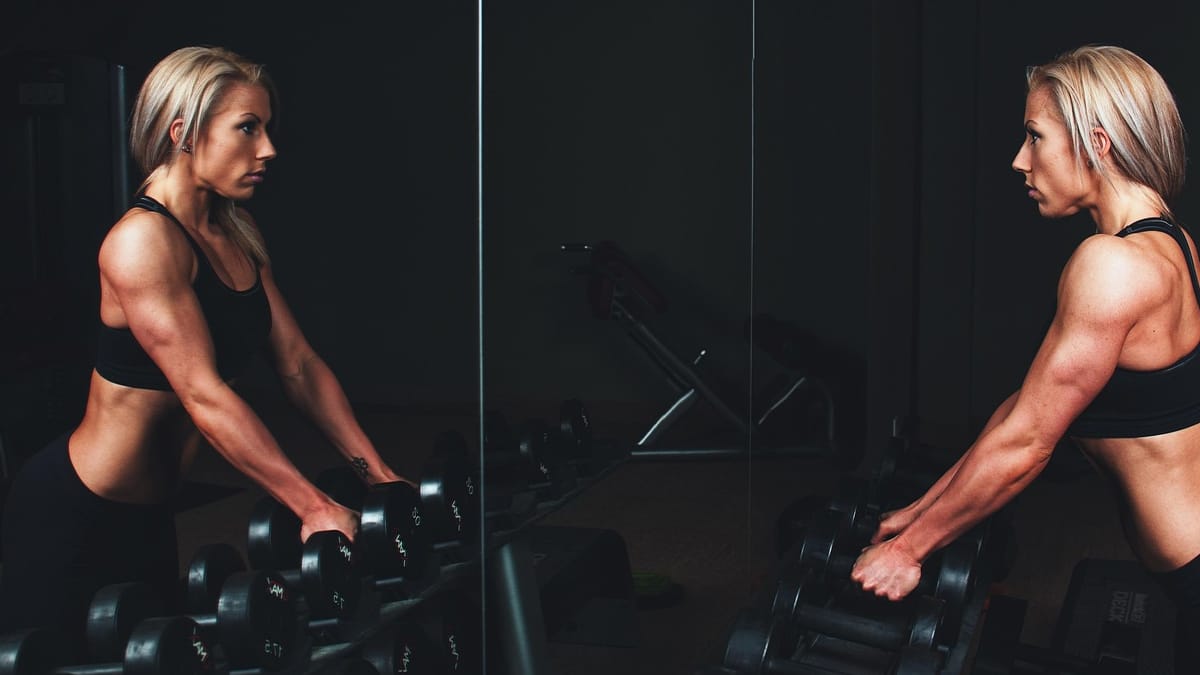Home workouts saved us during lockdowns. They’re accessible, flexible, and free. No judgment. No gym anxiety. Just you and your space.
But what no one’s telling you is this: there’s a dark side to home workouts.
And if you don’t see it, it could cost you results, your motivation—or even your health.
So before you press play on your next workout video, read this. Because knowing the risks could save your fitness journey.
The Isolation Trap: No One Sees You Fail
In the gym, people notice. Trainers correct your form. Friends cheer you on. There’s energy in the room.
At home? Silence.
That silence can quickly turn into discouragement. When no one sees your progress, your slip-ups, or your sweat, it’s easier to give up without guilt.
The danger: You start skipping days, then weeks, then suddenly, you’re back at zero.
The fix: Track your workouts. Set visible goals. Use apps or accountability buddies. Bring structure to your solitude.
You Might Be Training With Terrible Form
Let’s be real: how often do you check your form?
Without a mirror, a trainer, or feedback, most people perform exercises incorrectly. Poor form doesn’t just kill results it leads to injuries that can keep you out for months.
Back pain. Shoulder tension. Knee strain. All avoidable.
The fix: Use slower movements. Watch proper form tutorials. Film yourself from time to time. Focus on control, not speed.
Overtraining Without Realizing It
Home workouts can be addictive. Ten minutes turns into twenty. Then another challenge video. Then core work. Then glutes.
With no external structure, many women fall into the overtraining trap—thinking more is better.
But overtraining leads to elevated cortisol, poor recovery, inflammation, and even weight gain.
The fix: Limit workouts to 30–60 minutes max. Take one full rest day per week. If you’re constantly sore, tired, or bloated—scale back.
Burnout Hides in “Productive” Disguise
You think you’re being productive. You’re staying “on it.” But deep down, your motivation is dying.
When every day starts to feel like a battle against your own body, that’s burnout. And it’s sneaky.
You don’t just quit your workouts. You start neglecting other areas of life—nutrition, sleep, self-care.
The fix: Redefine success. Some days, a walk is enough. Other days, a 20-minute stretch. Progress isn’t always sweat-soaked. It’s consistency over intensity.
Fitness Becomes Punishment, Not Empowerment
When your workouts are fueled by guilt—guilt from food, from weight gain, from not being “good enough”—they stop serving you.
You stop moving to feel strong. You start moving to punish yourself.
That mindset? Dangerous.
You begin associating exercise with shame, and your relationship with your body becomes toxic.
The fix: Reframe workouts as self-love, not self-judgment. Choose movement that makes you feel empowered. Celebrate what your body can do, not what it lacks.
You’re Stuck in a Comfort Zone Without Knowing It
Doing the same safe, easy workout every day? That’s not progress. That’s maintenance.
Home workouts can lull you into a comfort zone because no one is there to challenge you. You stop pushing yourself. You stay where it feels easy.
But your body only changes when it’s challenged.
The fix: Increase resistance. Try new routines. Use a workout app with progress tracking. If you’re not nervous before you start, it’s probably not hard enough.
Mental Health Can Take a Hit
Movement is great for mental health—until it becomes an obsession or source of shame.
Obsessively tracking calories, over-exercising, and tying your self-worth to your body image often starts subtly at home, in isolation.
And no one sees it happening.
The fix: Check in with yourself emotionally. Are you working out to feel good—or because you hate how you look? If your mindset is toxic, take a break and re-center.
The Hidden Reality: Not All Workouts Are Designed for You
YouTube is full of fitness influencers. Some know their stuff. Others… not so much.
Following random influencers with zero background in exercise science can lead you to routines that are ineffective or unsafe for your body type, injuries, or goals.
The fix: Vet your sources. Look for certified trainers. Avoid “one-size-fits-all” programs. Tailor your workouts to your needs.
The Takeaway: Home Workouts Can Empower You—If You Stay Aware
Home workouts aren’t the enemy. They’re a gift. But only when you treat them with the same seriousness, structure, and respect as any gym session.
If you ignore the downsides, they’ll sneak up and sabotage your results.
But if you stay aware, stay honest, and stay consistent? You’ll build not just a stronger body—but a stronger mindset too.
And that changes everything.
FAQ
Are home workouts still effective despite the risks?
Yes. Home workouts can be highly effective if done with proper structure, intensity, and awareness of form and recovery.
How do I avoid injury when working out alone?
Watch form tutorials, go slower, and record your movements for feedback. Focus on control over speed.
How do I know if I’m overtraining?
Signs include constant fatigue, poor sleep, irritability, soreness that won’t go away, or fat gain. Rest is essential for recovery.
What should I do if I feel burned out?
Take a break or switch to lighter movement like walking or yoga. Burnout often means your body and mind need recovery, not punishment.
Can I trust random YouTube workouts?
Only follow creators with certifications and experience. Be cautious with generic routines that don’t explain form or modifications.
Is it okay to work out every day at home?
Yes, if intensity and recovery are balanced. Mix high and low intensity days and always take 1 full rest day weekly.
What if I’ve developed a toxic mindset about working out?
Acknowledge it. Take a mental health check. You may need to pause intense training and focus on joyful movement and self acceptance.

